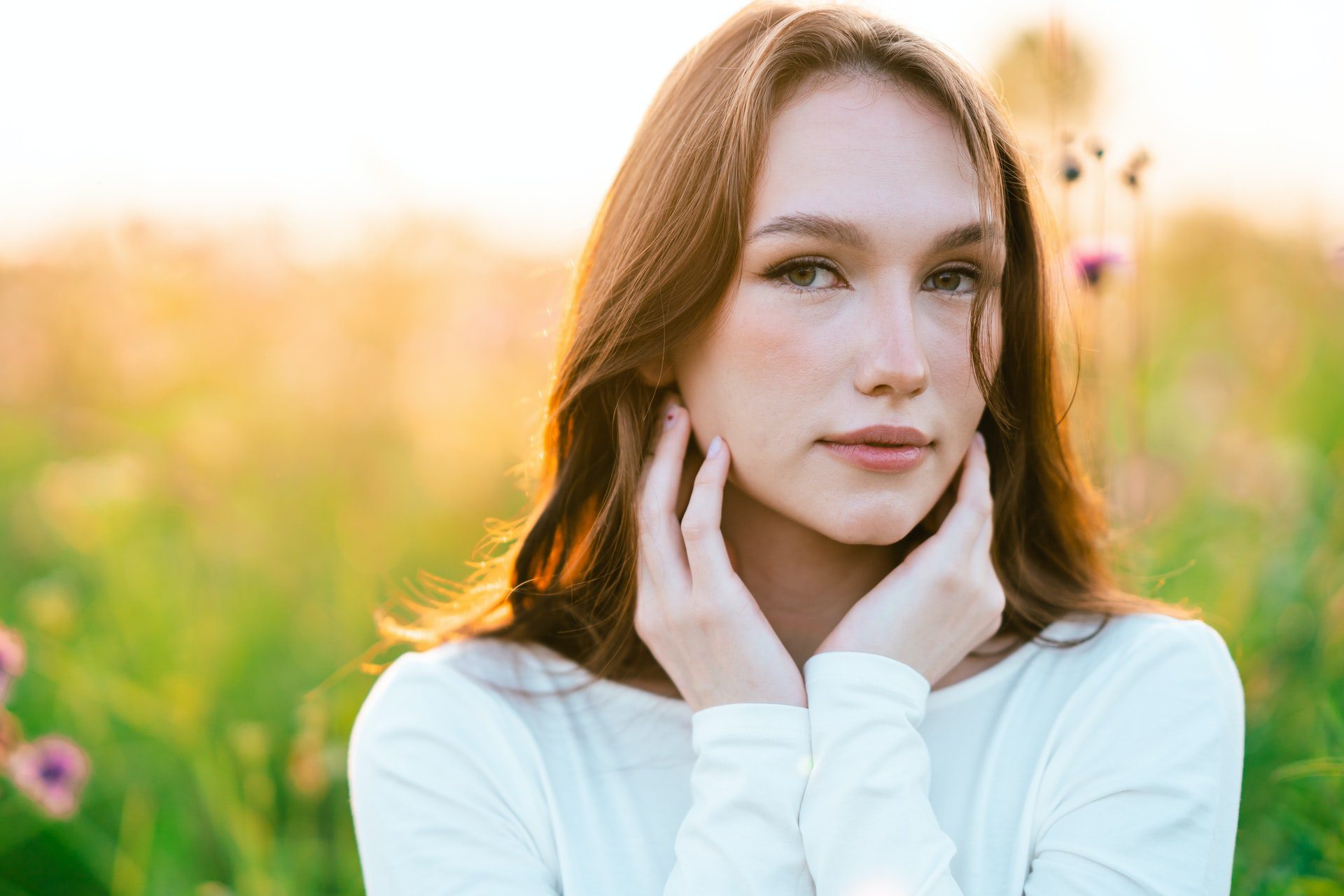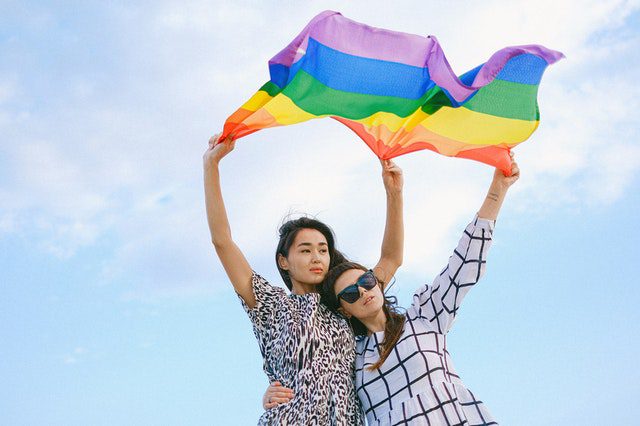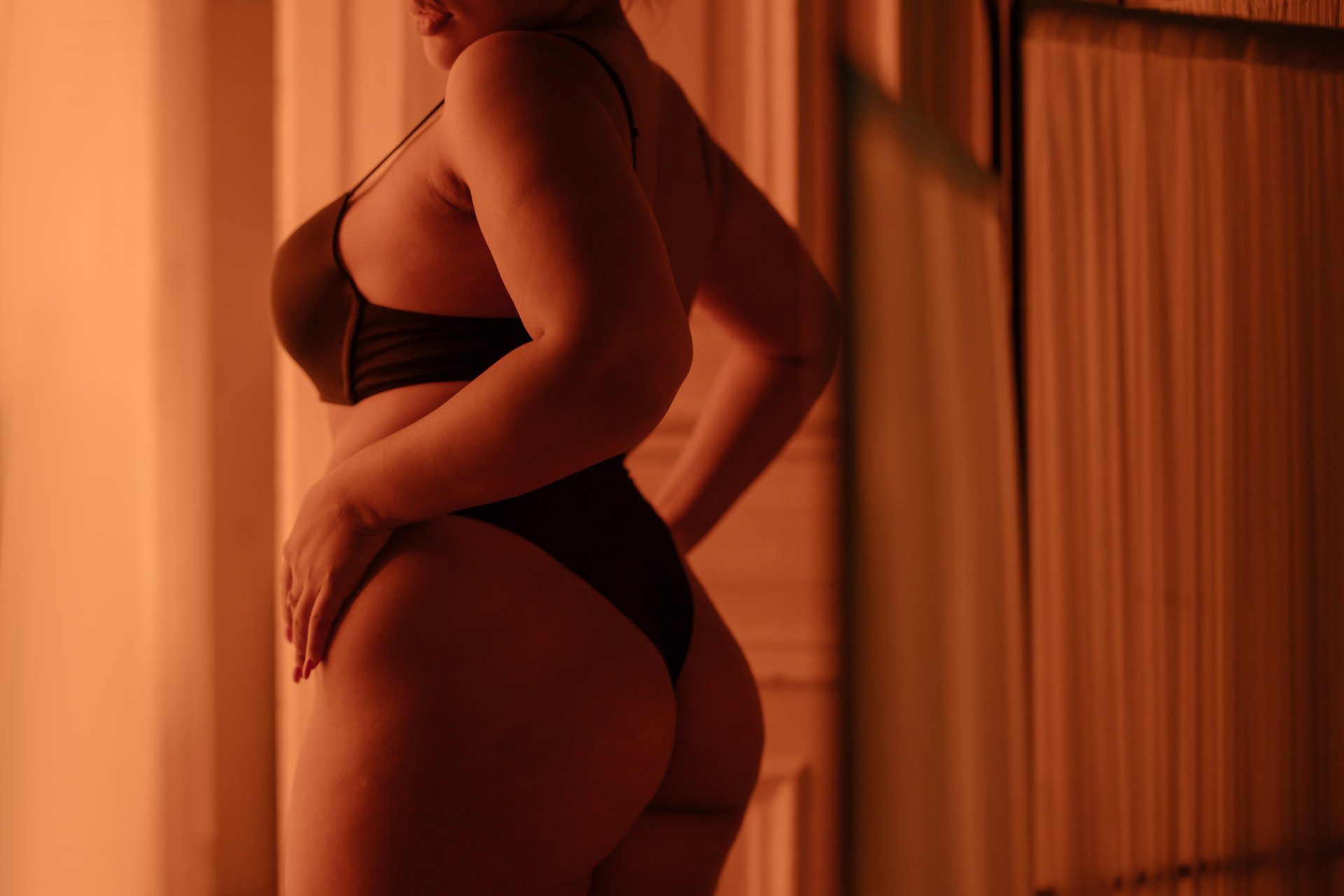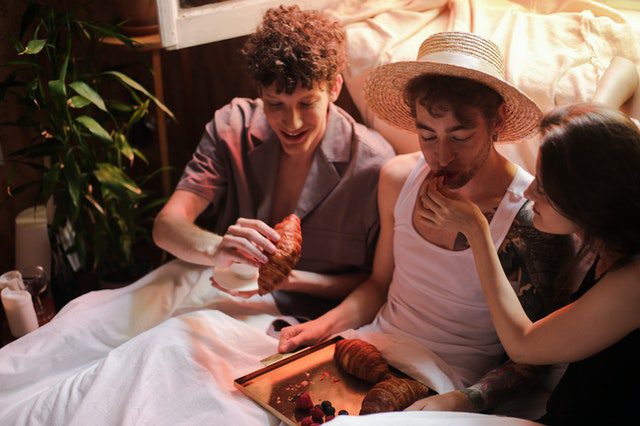
A Complete Timeline Of Bisexual History
The issue of bisexual erasure has been particularly prominent throughout bisexual history. Unfortunately, it remains a significant problem for the visibility and representation of the bisexual community. Even prominent figures of history who identified as bisexual are rarely portrayed as such and often rather remembered as homosexual. It can be so bad that even the validity of the sexual orientation can be called into question.
The first time that the term 'bisexual' is known to have been used was in 1892 by Charles Gilbert Chaddock. Although it would only be during the 1960s that bisexual activism became popular.
Being a bisexual rights activist, Brenda Howard organized the Christopher Street Liberation Day March, a month after the Stonewall Riots. Then, a year after the Stonewall Riots, she organized another march to memorialize the events of that day, thus creating the tradition of the pride parade as we know it today. She later founded the New York Area Bisexual Network, which still exists today.
- In 1972, the first bisexual newsletter was issued by the National Bisexual Liberation Group.
- In 1983, the first national bisexual organization was established.
- In 1993, bisexual people were included in the March on Washington for Lesbian, Gay, and Bi Equal Rights and Liberation. This is seen mainly as the first bisexual rights rally.
- In 1998, Michael Page designed the Bisexual Pride Flag, and the 23rd of September was declared as Celebrate Bisexual Day.
Notably, bisexual people make up more than half of the entire LGBTQ+ community. The rise of popularity for the bisexual umbrella has also caused more activism in recent times. Various other sexual orientations identify with a position under the umbrella. They will then refer to themselves as bisexual+ because it is easier to explain to whom they might be sexually attracted.
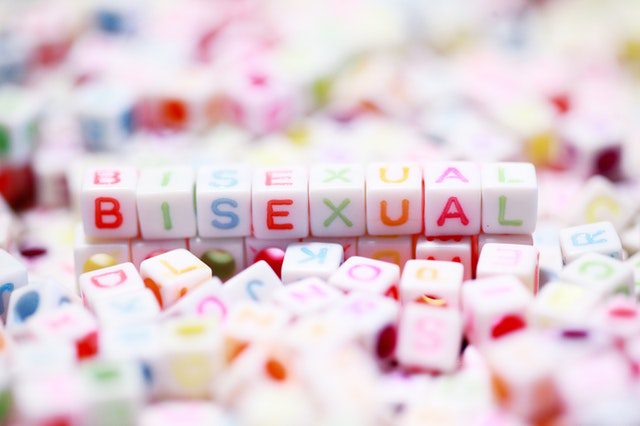
Sexual Attraction and Sexual Orientation
We know by now that in order to live as fulfilled human beings, we have to be honest about sexual attraction and romantic attraction. We have to be able to be proud of ourselves. Bisexual pride will struggle to survive in isolation. It needs to be backed by bisexual literature, bisexual expression in media, access to a bisexual political organization, access to other aspects of the bisexual movement, access to support and other services, and most importantly, equality for the bisexual community.
Sexual Identity
For people to live their lives openly bisexual, they need access to the bisexual community. They need to feel understood and as if they belong. They need people who understand what it means to be attracted to more than one gender and know how that feels. This is why organizations such as the Boston Bisexual Women's Network, San Francisco Bisexual Center, the North American Bisexual Network -to name a few- are, and were, so crucial in the history of the bisexual community.
Even though some of these centers and organizations no longer exist, it is still important that they existed in the first place. They paved the way for the future of the bisexual community.
Bisexual Men
Initially, there was a pronounced focus on men in the bisexual community. Bisexual men were more involved in awareness efforts and more visible than bisexual women.
For example, around the 1960s, the big names in the bi community were men like Stephen Donaldson, who allowed the world to recognize bisexual men for the first time. This only began to change in the 1980s.
Later on, the focus would shift to bisexual men again during the initial outbreak of the AIDS epidemic. While the significant emphasis was placed on gay men and the gay community overall in light of the AIDS epidemic, there was some effort to include bisexual men in awareness and treatment efforts in the AIDS epidemic.
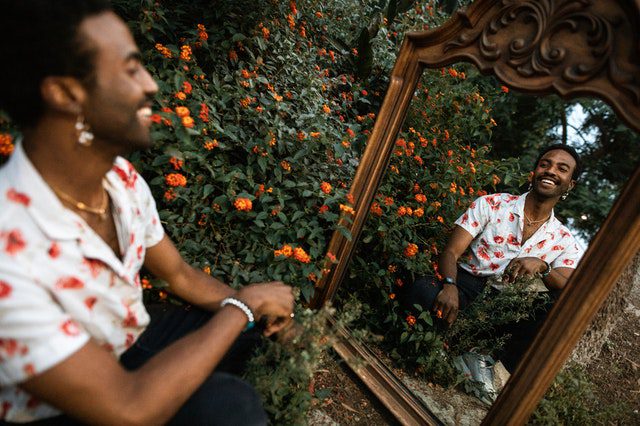
Bisexual Women
Women took over the spotlight at some point in bisexual history, especially after the Stonewall Riots. As a result, there was a sudden rise in the visibility of bisexual women, and more awareness and support groups were explicitly founded to highlight women who identified as bisexual.
This is of paramount importance for its time because it formed part of sexual liberation. We had come out of a period when any female sexuality was frowned upon, and any kind of sexual behavior for women was socially unacceptable. Then, suddenly, there was a realization that women also had a sexual identity and experienced sexual desire.
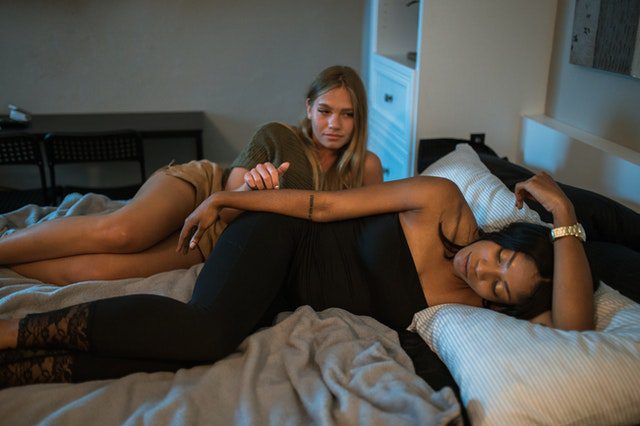
Bisexual Community
The bisexual community overall has had a hard time within the broader LGBTQ+ movement, and the reason for this is difficult to quantify. Even some within the broader LGBTQ+ movement have difficulty accepting bisexuality as an actual sexual orientation. It often gets lost in the mix with pansexuality. And of course, some believe that the bisexual community supports a gender binary model, which is not the case.
Many bisexual activists have challenged this and defended their bisexual identity. The design of the bisexual umbrella has also helped to spread understanding about what it means, within the grander scheme of things, to be a bisexual person.
Bi Community Misconceptions
One of the major misconceptions that affect the bi community is that they support the idea that there are only two genders, thus supporting the gender binary approach, which is not the case. To be bisexual means to be attracted to more than one gender, but not all genders the way a pansexual individual would be.
There is also a misconception that bisexuality is a sign of increased appetite for sexual activity, but that is also not the case. Again, it is a matter of attraction and does not mean sexual promiscuity simply because you are not attracted to only one gender.
Bisexual Movement Today
Bisexual community visibility today is very well established. The influence and understanding of bisexual people continue to grow every day. More and more influential individuals are coming out as bisexual, and both men and women are becoming more comfortable identifying themselves as bisexual people and living openly bisexual in conjunction with any gender identity.
Being attracted to more than one gender is no longer taboo in some societies and is slowly becoming a normal part of society.
Today, things like the concept of same-sex marriage and different constellations of romantic attraction between men and women, and the broader spectrum of gender identity are slowly starting to become normal. Even stigma around the AIDS epidemic is being addressed almost daily.
Even childbearing is no longer solely reserved for only 'women.' The concept of the gender binary is being challenged, even by medical community members, and the world of sexual preference keeps expanding and adapting. More and more people are living openly bisexual lives.
Inequalities between men and women are being challenged. Places like the Boston Bisexual Women's Network and the San Francisco Bisexual Center are becoming more prominent. To date, the Boston Bisexual Women's Network published the oldest bi-women's newsletter in the US.
Bisexual characters in media and bisexual characters in print are becoming more prominent. This helps to address some misconceptions about the lifestyles of bisexual men, bisexual women, and other bisexual people. In addition, the broader LGBTQ+ movement is ever-evolving to make room for new forms of romantic attraction. It is slowly bringing to an end the era of the concept of 'men and women.'
In the Spotlight
While the LGBTQ+ community is on the rise and bisexual activists are becoming more and more prominent, it is sometimes difficult to see the impact that it is having. So we have highlighted some recent and historic bisexual people who found themselves in positions of influence where they are coming out as a bisexual person had a positive impact on the public view of gender identity and sexual orientation.
While bisexuality is part of the greater LGBTQ+ community, we have to also remember the bisexual movement and the importance thereof on its own. We have come a long way from the first bisexual rights rally, but there is still a long way to go.
Celebrities
The two most recent celebrities who came out as bisexual are Adelaide Kane (Reign) and Franchesca Ramsey (YouTube), who came out in 2021.
Other well-known celebrities who have been out for a few years include Lili Reinhard (Riverdale), Dakota Johnson (50 Shades), and Billie Joe Armstrong (Greenday).
Also, the multi-talented Australian actor and singer, best known for his role on The Flash and Legends of Tomorrow, Keiynan Lonsdale, is a well-known bisexual person.
Politicians
Arguably more importantly than celebs are politicians. While some of the politicians on the list came out while in office and others only after their terms had been served, it is essential that they came out at all because one way or another, it spreads awareness.
Notably, there are predominantly women on this list, and we only focused on politicians around the UK and USA/Canada. Some of them are pretty recent, and others have been active for quite some time.
Kate Brown – Oregon took office in 2015 and was already out by then.
Angie Buhl – South Dakota came out in 2012 and is a known bisexual activist.
Joanna E. Cole – Vermont
Cheri DiNovo – Toronto, Canada
Patrick Harvey – Scotland was already out when elected.
Evelyn Martilla – Connecticut (first openly bisexual politician, 1997), worked as an activist during her service.
Michael Huffington – Texas, came out after his services.
Simon Hughes – UK, came out in 2006 while in office.
Regardless of the circumstances, the public and professional face that these people have is essential to the development of the bisexual movement. We have come such a long way from the First Bisexual Political Organization and having active and successful bisexual pride politicians continue to push the bisexual movement forward.
The more influential people choose to live openly bisexual lives, the greater bisexual pride will rise. Bisexual communities will spread across the world even more, and soon it will become part of everyday life that romantic relationships can take many diverse forms.
